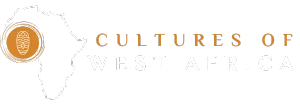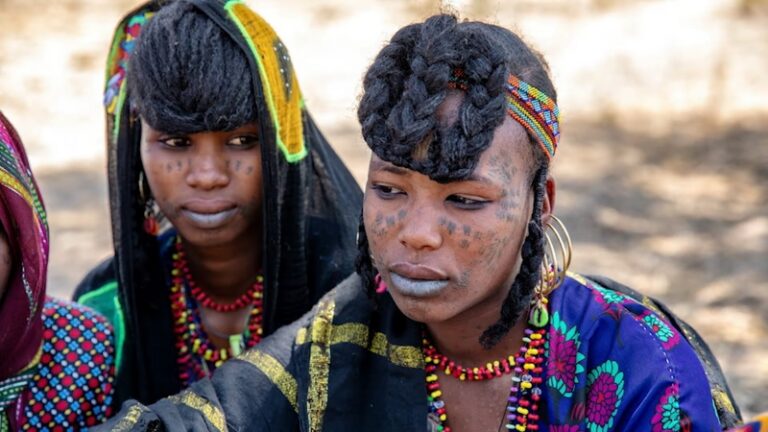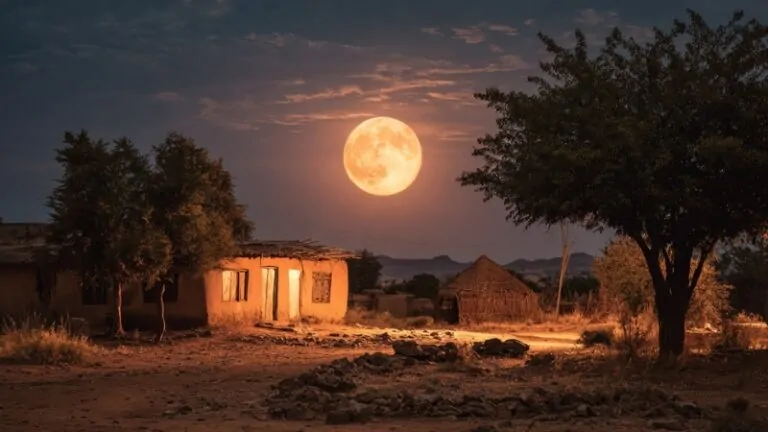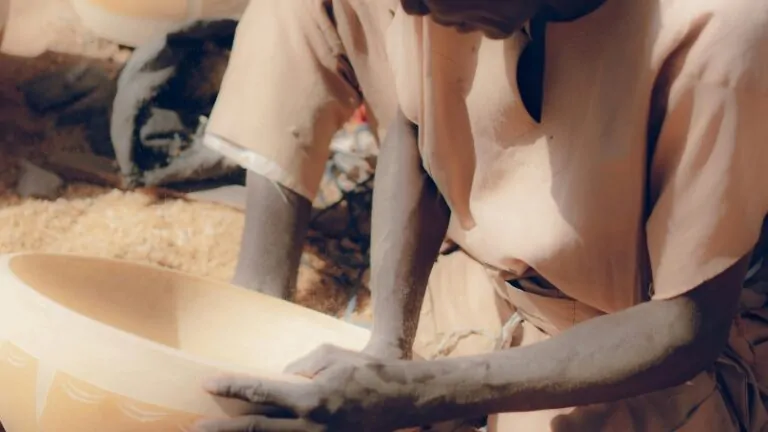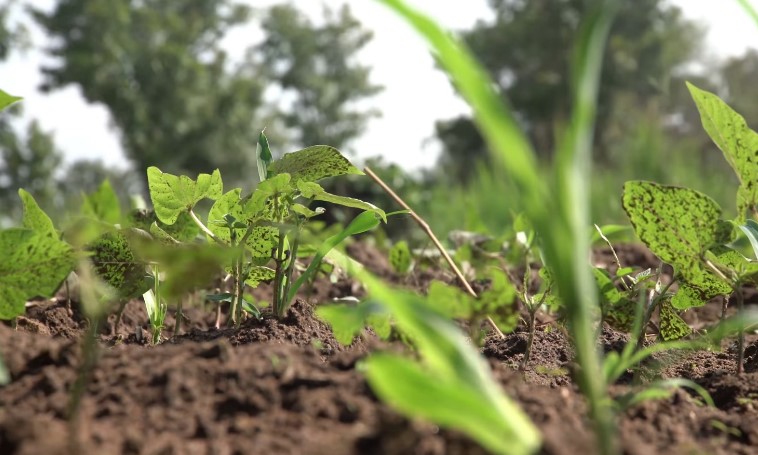
Imagine waking up before dawn just to walk several kilometers and fill a plastic container with murky water from a river. It’s the same river your livestock wades into, where others wash clothes and bathe.
Table of Contents
ToggleYou know it’s unsafe, but it’s the only option. That’s the daily reality for millions of people living in African villages, especially women and children.
Access to clean water is not just about thirst. It’s about life, health, dignity, and opportunity. Across many African communities, dirty water is a quiet emergency, responsible for spreading deadly diseases, overloading health systems, and cutting short far too many lives. Let’s get into the details.
Key Highlights
- Dirty water causes deadly diseases like cholera, typhoid, and schistosomiasis in African villages.
- Children and pregnant women are especially vulnerable to waterborne illnesses.
- Lack of clean water fuels poverty, school dropouts, and missed work.
- Clean water projects and hygiene education are saving lives, but many communities still lack access.
Diarrhoeal Diseases
The most common health consequence of dirty water is diarrhoeal disease. It’s not just about frequent trips to the latrine.
We’re talking about dangerous, often fatal illnesses caused by bacteria, viruses, and parasites that thrive in contaminated water.
Main Offenders and What They Do
- Cholera: Causes rapid dehydration and can kill within hours. In 2022, over 1,000 lives were lost in Malawi during one outbreak alone.
- Dysentery: A bacterial infection leading to bloody diarrhea, abdominal pain, and fever.
- Typhoid Fever: Brought on by Salmonella typhi in dirty water or food, this disease can last weeks and cause high fevers and intestinal damage.
- Coli Infections: Certain strains cause violent cramps and bloody stools. Severe cases can lead to kidney failure.
The Toll in Numbers
| Disease | Key Symptoms | Annual Impact |
|---|---|---|
| Cholera | Severe diarrhea, vomiting | 1,000+ deaths in Malawi (2022 outbreak) |
| Typhoid Fever | Fever, weakness, abdominal pain | Millions of cases globally |
| Dysentery | Bloody diarrhea, fever | Common in low-sanitization regions |
| E. coli Infections | Cramping, bloody diarrhea | High risk where water is untreated |
The World Health Organization estimates that contaminated water causes over 505,000 diarrhoeal deaths annually, with 395,000 of them being children under five.
In rural areas, the problem is made worse by the absence of medical care. If a child gets sick, there’s no hospital around the corner. Sometimes, there’s no transportation at all.
In Kenya’s Kakamega County in 2023, a waterborne bacterial outbreak shut down schools, killed four people, and hospitalized dozens. The cause? Polluted water from a nearby river.
Schistosomiasis

Not all waterborne illness hits hard and fast. Schistosomiasis creeps in slowly.
It’s a parasitic disease spread through freshwater snails. The larvae swim freely in rivers, ponds, and lakes, where kids often bathe, swim, or collect water.
The parasites burrow through skin and settle in the liver, kidneys, or intestines. Over time, they cause fatigue, abdominal pain, bloody urine or stool, and in severe cases, organ damage.
- 240+ million people worldwide are infected.
- The majority of cases are in sub-Saharan Africa.
- In 2021 alone, 4 million people needed preventative treatment, mostly in African villages, as per statistics.
Treating it is possible with praziquantel, but the real fix is prevention: safe water and proper sanitation.
Hepatitis A and E
Not all waterborne illnesses target the gut. Some go for the liver.
Hepatitis A and Hepatitis E are both spread through contaminated water and are especially dangerous in communities where sanitation is poor and clean drinking water is scarce.
- Hepatitis A causes fatigue, stomach pain, and jaundice. It’s usually mild but can be serious in malnourished or immune-compromised individuals.
- Hepatitis E is particularly deadly for pregnant women. In some outbreaks, mortality rates in pregnant women reached 25%.
Specific outbreak data from Africa cited rates of ≈20 % in pregnant women, and studies in Sudan and Ethiopia reported figures up to 30-45 % or even higher.
Rural areas that rely on uncovered wells or shared water sources without treatment are the most vulnerable. In parallel, those dealing with toxic chemical contaminants, including PFAS from industrial foams, have filed claims like the Firefighter Foam Lawsuit.
Polio

Polio is mostly a memory in much of the world. But where sanitation systems are weak and open defecation is common, the virus still finds a way to spread.
The disease passes through contaminated water and mainly affects children. In some cases, it leads to permanent paralysis or even death. Massive vaccination campaigns have made a huge dent in case numbers, but they haven’t completely wiped polio out.
Other Health Problems You Don’t Hear About Enough
Contaminated water doesn’t just cause the “big” diseases. It also opens the door to other harmful conditions:
- Trachoma: A bacterial eye infection tied to poor hygiene, which can lead to blindness if untreated.
- Leech Infestation: Kids sometimes swallow leeches from water fetched from open sources, leading to bleeding, fatigue, and anemia.
- Parasitic Worms: Guinea worm, hookworm, and other intestinal parasites are spread through untreated drinking water or dirty feet walking in contaminated mud.
While some of these conditions are less deadly, they’re deeply disruptive to daily life, especially for children who miss school and adults who can’t work.
How Dirty Water Impacts Entire Communities
The ripple effects go far beyond the clinic or hospital.
Children Miss School
When kids are constantly sick from diarrhea or have to stay home to help collect water, their education takes a hit. Long absences turn into dropouts. Girls are especially affected; they’re often the ones responsible for fetching water or caring for sick siblings.
Adults Miss Work
A parent dealing with illness, either their own or a child’s, can’t work. In small villages where daily labor drives family income, even a few missed days can push a family deeper into poverty.
The Poverty Cycle Gets Stronger
Sickness costs money. Medical bills, transportation to clinics, lost workdays, it all adds up. And without access to safe water, the cycle continues. Poor health leads to poverty, and poverty blocks access to clean water. It’s a brutal loop.
Places Hit Hardest

Here’s a snapshot of what this crisis looks like on the ground:
- Democratic Republic of the Congo (DRC): Over half the population lacks access to basic water services. Cholera and diarrhea are rampant, especially among children.
- Somalia: About 42% of people have no access to basic drinking water. Waterborne illnesses are among the top causes of child and maternal death (per UNICEF data).
- Mozambique: After Cyclone Idai in 2019, flooding contaminated thousands of water sources. Cholera spread quickly through camps and shelters.
- Kenya (2023): A contaminated water source in Kakamega led to school closures, hospitalizations, and deaths within days.
The Way Forward
It’s not all bad news. There are real, measurable solutions that are already making a difference.
Clean Water Projects
Organizations like The Water Project and Innovation: Africa are bringing clean water to remote areas through:
- Boreholes
- Solar-powered pumps
- Gravity-fed water systems
Hygiene & Sanitation Education
Something as basic as handwashing can cut disease transmission in half. NGOs and local governments have been rolling out education programs to teach families how to keep water safe and store it properly.
International Help
Groups like the WHO, UNICEF, and World Vision continue to push for infrastructure improvements, vaccines, and clean water access. Many fund large-scale systems and also train local communities to maintain them.
Local Engagement
Success often depends on local buy-in. Community-led maintenance of water systems, local water committees, and health outreach programs ensure long-term impact.
Wrapping It Up
Dirty water in African villages isn’t just an inconvenience. It’s a full-blown public health emergency that affects every part of life—from children’s education to community wealth.
- Diarrhoeal diseases kill nearly half a million people a year.
- Schistosomiasis affects hundreds of millions.
- Other illnesses like hepatitis, polio, and trachoma keep taking lives quietly.
The good news? Solutions exist, and they work. Clean water projects, solar pumps, better hygiene practices, and international support are already turning things around in some communities.
But millions still wait.
Water shouldn’t be a gamble. It should be safe, reliable, and within reach. Until it is, the fight continues.
Related Posts:

